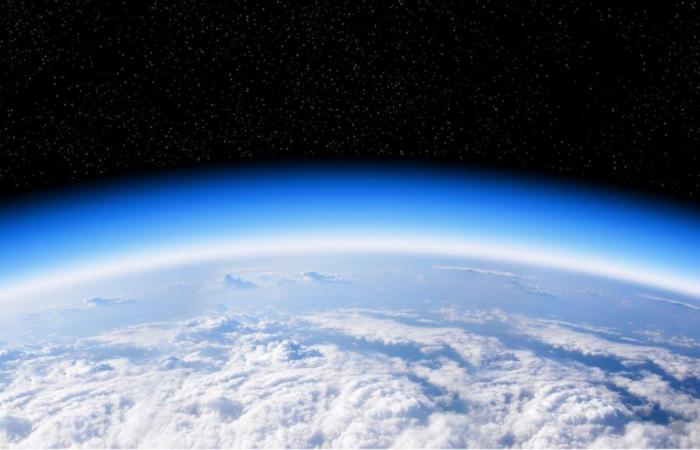A high -range scientific study, carried out by NASA in collaboration with the University of Toho (Japan), has established a disturbing temporal line for the future of the Earth’s atmosphere. According to the simulations made by researchers Kazumi Ozaki and Christopher Reinhard, within approximately one billion years, The planet will lose its ability to sustain complex life due to the drastic fall of atmospheric oxygen.
Far from being an alarmist holder, this discovery represents a turning point in the way we understand planetary evolution. Although it does not directly affect current generations, it redefines the limits of habitability not only on Earth, but also in other worlds beyond the solar system.
Why will oxygen disappear?
The phenomenon has its origin in a process known for a long time: the progressive warming of the sun. As the star king increases his luminosity, the average temperature of the planet riseswhich triggers a series of chemical transformations in the atmosphere.
[[LINK:INTERNO|||Article|||6677dca1a6e5b0e436a793bd|||El dióxido de carbono (CO₂)]]fundamental gas for photosynthesis, will begin to degrade and reduce to critical levels. This descent will prevent plants from carrying out the photosynthetic process, which entails an inevitable outcome: Oxygen production will stop. Without oxygen, animal and human life may not survive.
A return to primitive earth
Scientists say this process will not be abruptbut irreversible once started. The atmosphere will be rich in oxygen to look more and more like that that existed billions of years ago, when life on earth was exclusively microbial.
In fact, the only organisms that could adapt to that environment would be anaerobic microbes, beings that do not need oxygen to live. For the rest of complex life forms, extinction will be safe.
-A silent back count
Although the final collapse is projected for a billion yearsthe initial effects could begin to be observed in just a few thousand years. Among them, a significant increase in methane in the atmosphere, which will contribute to a more toxic and less protective atmosphere against solar radiation, since the deterioration of the ozone layer is also expected.
This slow but constant transformation will end up converting Earth on a rocky and desert planet, much more similar to Mars or Venusunable to maintain the ecological systems that we know today.
A finding that changes the rules of the game in astrobiology
This new planetary model not only affects our understanding of the terrestrial future, but also modifies the criteria for extraterrestrial life. The presence of oxygen can no longer be considered the only or the most reliable indication of habitability. On planets where oxygen only appears in specific phases of its evolution, their absence should not rule them out as potential candidates to house life.
What does this discovery teach us?
Although we will not be direct witnesses of the atmospheric collapsethis prediction offers a humility lesson: Habitability is not a permanent state. The Earth, no matter how perfect it seems for life, has an expiration date as a viable ecosystem for complex life forms.
In addition, it invites you to reflect on the fragile balance that maintains our vital conditions and on the need to expand our vision of sustainability beyond immediate problems. Understanding the planetary scale cycles allows us, not only to better value what we have, but also prepare to explore beyond.






